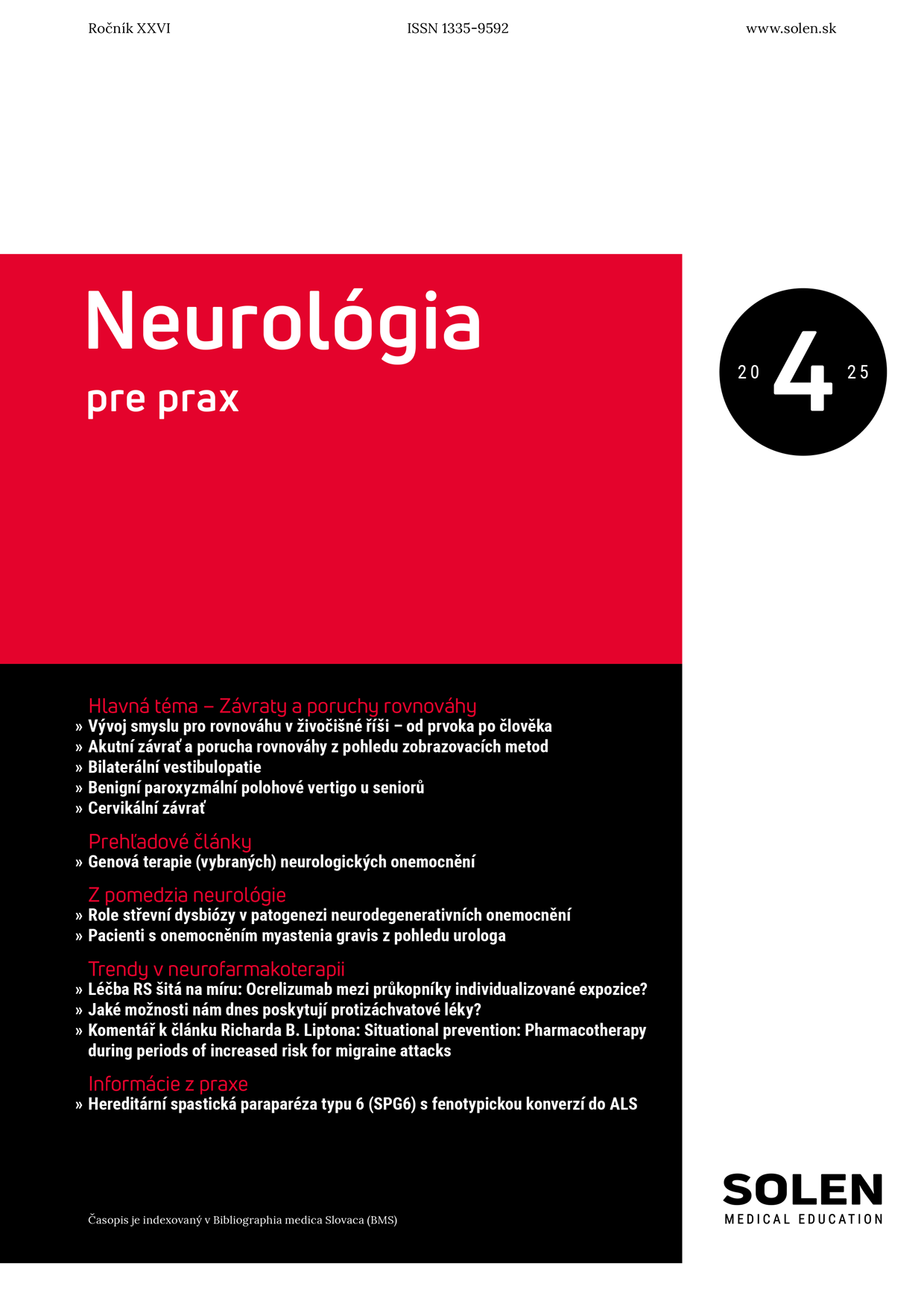Vaskulárna medicína 2/2015
Afibrinogenaemia and dysfibrinogenaemias
Fibrinogen is glycoprotein encoded by the three genes – FGA, FGB, FGG on human chromosome 4, which plays a major role in secondary haemostatic system being the key substrate for thrombin in establishing a consolidating fibrin network. Its cleavage by thrombin and subsequent polymerization to form fibrin strands provides the structural network required for effective clot formation. Inherited disorders of fibrinogen can be subdivided into quantitative fibrinogen deficiencies (afibrinogenaemia and hypofibrinogenaemia) and qualitative abnormalities (dysfibrinogenaemia). The quantitative fibrinogen defect can be the result of mutation, which leads to a lack of fibrinogen synthesis. Qualitative defects are due to a mutation that results in abnormal polymerization or the lack of involvement of the fibrinolytic system. The clinical manifestations vary from being asymptomatic to developing life-threatening bleeds or thromboembolic events. Treatment involves the use of purified concentrate obtained from blood plasma.
Keywords: afibrinogenaemia, fibrinogen, dysfibrinogenaemia, thrombosis, inherited bleeding disorders, prophylaxis.

















